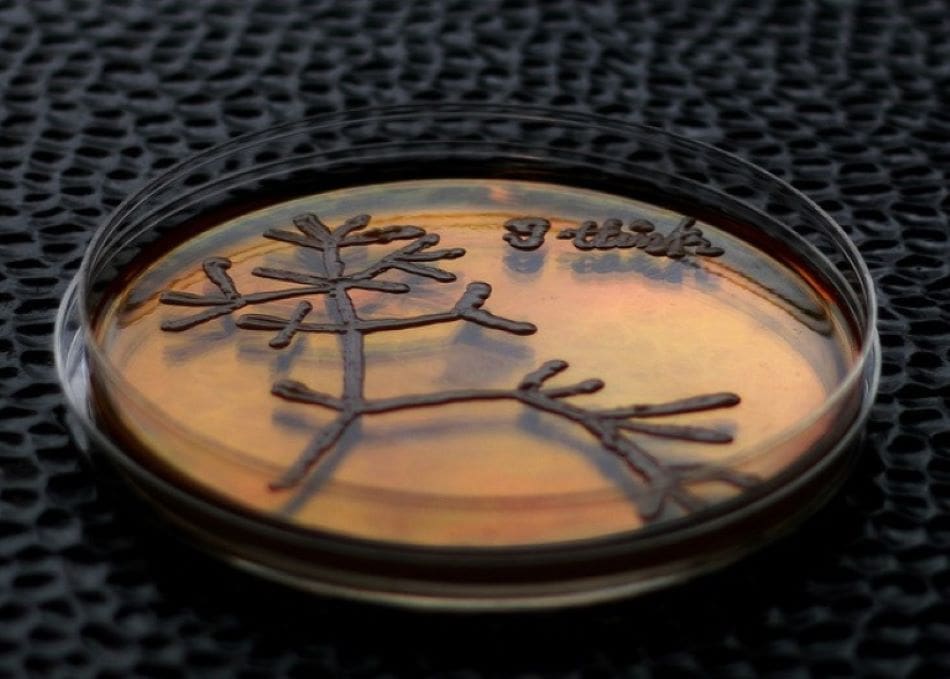Summary:
Understanding how species adapt to climate change is crucial for predicting future biodiversity. A new study published in Proceedings of the National Academy of Sciences U.S.A. uses yeast to uncover how genetic diversity shapes evolutionary responses to warming temperatures. Researchers at Stockholm University conducted an experimental evolution study using eight genetically diverse species of Saccharomyces yeast. By exposing yeast populations to gradually rising temperatures — from 25 °C to 40 °C — for up to 600 generations, they observed how thermal performance evolved in real time.
The findings show that adaptation to heat is highly species-specific. Warm-tolerant species expanded their thermal range, while cold-tolerant species increased their upper temperature limits but at the cost of overall growth performance. These distinct patterns align with two known evolutionary strategies: “hotter is wider” for heat-adapted species and “jack of all temperatures is a master of none” for cold-adapted species.
Our results show that there is no single path to adaptation, said lead author Jennifer Molinet. The study emphasizes the importance of considering both within- and between-species genetic diversity when forecasting climate impacts on ecosystems.

Yeast reveals how species adapt to a warmer climate
The maintenance of biodiversity crucially depends on the evolutionary potential of populations to adapt to environmental change. Accelerating climate change and extreme temperature events urge us to better understand and forecast evolutionary responses.

In a new study, researchers at Stockholm University harnessed the power of experimental evolution with the microbial model system yeast (Saccharomyces spp.) to measure the evolutionary potential of populations to adapt to future warming, in real time and across the entire species tree.
No single way to adapt to climate change
The researchers tracked the evolution of thermal performance curves (TPCs) in populations of eight genetically and ecologically diverse species of yeast (baker’s yeast and its relatives) from all over the world. They used gradually increasing temperature conditions, from 25 to 40 °C, to simulate global warming for over 600 generations of yeast.
The study reveals that adaptive responses to climate change are highly species-specific and highlights the complex interplay between genetic diversity and temperature tolerance evolution. These findings stress the importance to account for both inter- and intraspecies genetic variation when forecasting climate impacts on biodiversity.
“We found that different species use different evolutionary strategies to adapt to heat: some species, already warm-tolerant, did not improve their performance, but rather expanded their temperature range. Other species, more adapted to the cold, were able to withstand higher temperatures, but this came at the cost of reduced overall fitness. This shows that there is no single way to adapt to climate change, and that the evolutionary history of each species influences its response,” says Jennifer Molinet, who is first author of the article and postdoc at the Department of Zoology, Stockholm University.

Important to study genetic mechanisms
The new study helps us to understand how different organisms might cope with long-term global warming. The researchers highlight the importance of studying not only individual species, but genetic diversity within and between species.
“This type of research can be key to anticipating which microorganisms, such as yeasts, bacteria or even pathogens, have the most potential to adapt to extreme environments, and how they might change the ecosystems of the future. The results of our article also open new questions about the genetic mechanisms that enable these adaptations,” says Rike Stelkens, associate professor at the Department of Zoology, Stockholm University.
She adds: “If temperatures change in the future, it is still the history in our genes that determines if and how we can adapt!”
***
The research is funded by the Knut and Alice Wallenberg Foundation and the Swedish Research Council.
Journal Reference:
J. Molinet & R. Stelkens, ‘The evolution of thermal performance curves in response to rising temperatures across the model genus yeast’, Proceedings of the National Academy of Sciences U.S.A. 122 (21) e2423262122 (2025). DOI: 10.1073/pnas.2423262122
Article Source:
Press Release/Material by Stockholm University
Featured image credit: Rike Stelkens | Stockholm University



